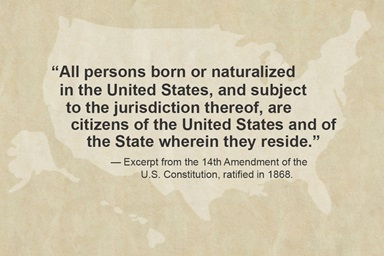Editor’s note: This is part of a continuing series on what churches can do to protect themselves from the unanticipated. Earlier parts of the series focused on how to protect church property and liability insurance. This story was first published on March 21, 2014 for UMNS.
Often, people are shocked to learn of the significant losses congregations face in the area of embezzlement and employee dishonesty. The result of such losses can financially devastate a congregation and undermine the trust placed with church leadership. In this article, we will define “employee dishonesty,” discuss the role of commercial crime insurance in protecting church assets and provide a few simple risk-management steps churches can take to limit this exposure.
Employee dishonesty defined
Simply stated, employee dishonesty is theft from the church by the church. Specifically, employees, leaders or volunteers can perpetrate employee dishonesty and embezzlement in the areas of theft of monies and securities, computer fraud, forgery and alteration.
Commercial crime insurance — insuring against employee dishonesty
Commercial crime insurance protects your church against dishonesty, fraud and forgery, both from those within your church community and people outside your church. You should check your insurance policy to make sure you have this important coverage and at a limit that will indemnify the church in the event of a loss.
Commercial crime insurance specifically protects:
- Checking accounts and other financial accounts
- Donation, plate collections and other contributions
- Income from other revenue-generating sources
A commercial crime policy may provide several types of protection within a single contract.
- Employee dishonesty (fidelity) protects an organization against loss of money, securities or other property arising through the dishonest acts of an employee. The term “employee” may expand to include directors, trustees and volunteers. When fidelity insurance is underwritten on a blanket basis, it applies to all individuals without specific designation by name or position.
- Forgery or alteration protects an organization against loss arising from third-party forgery or alteration of checks, drafts, promissory notes or similar instruments made or drawn by the policyholder or its agent. Protection may also be available against theft, disappearance and destruction of money and securities (inside or outside the premises) and robbery and safe burglary (inside or outside the premises). Finally, reliance on computers and electronic data transfer as a financial transaction medium has led to the introduction of computer and wire-transfer fraud protection.
Limits of liability
There is no standard limit of liability for any of the coverage sections of a commercial crime policy. Instead, the policyholder is encouraged to select a limit commensurate with its exposure to risk. For many institutions, the primary crime threat is employee dishonesty.
In assessing one’s vulnerability to loss, remember three facts. First, a commercial crime policy insures not only money and securities, but also other property such as office equipment and supplies, computers and fine arts. Second, the policy covers the acts of people other than employees in the strictest sense. Third, your money and securities exposure extends beyond mere petty cash on hand and may include bank and investment accounts.
In applying policy limits and deductibles, all loss attributable to a single perpetrator or dishonesty pattern will be treated as a single occurrence, regardless of the number of individual dishonest acts or the time span involved. Moreover, the amount of available coverage is the face amount of the policy when the loss is discovered. This underscores the importance of arranging enough protection for the once-in-a-lifetime dishonesty scheme most churchgoers find unimaginable.
For example, assume that a church carries employee dishonesty limits of $10,000 every year over a 10-year period. In the current year, it is discovered that a volunteer with access to church funds has been steadily taking an average of $5,000 annually for the past decade — a cumulative loss of $50,000. Since the dishonesty scheme will be treated as a single occurrence, however, recovery will be limited to the current policy limit of $10,000, less the applicable per-loss deductible.
The policy limit you choose should reflect your vulnerability based on such considerations as money-counting procedures, check-signing protocols, access to financial accounts and annual audit by an outside certified public accountant. A common rule of thumb advocates an employee dishonesty limit equal to at least 5 percent of total assets. For churches, another yardstick is a limit equal to 25 percent of total annual revenue from all sources. Naturally, this amount can vary according to your security and cash-management practices.
Basic risk-management steps to address employee dishonesty
The following steps can help to reduce the risk of financial loss:
- Hire an outside CPA to conduct an annual audit.
- Have accounts reconciled by someone (not a family member) who does not have check-signing authority.
- Countersign every check over a set threshold.
- Have at least two people (not family members) count every collection.
- Institute background checks for individuals entrusted with managing financial assets and church revenue.
*Stephens is vice president of marketing and risk-management services for The Church Insurance Agency Corp., a service provider to United Methodist Insurance. United Methodist Insurance is a wholly owned, nonprofit subsidiary of the General Council on Finance and Administration of The United Methodist Church.
Like what you're reading? Support the ministry of UM News! Your support ensures the latest denominational news, dynamic stories and informative articles will continue to connect our global community. Make a tax-deductible donation at ResourceUMC.org/GiveUMCom.





